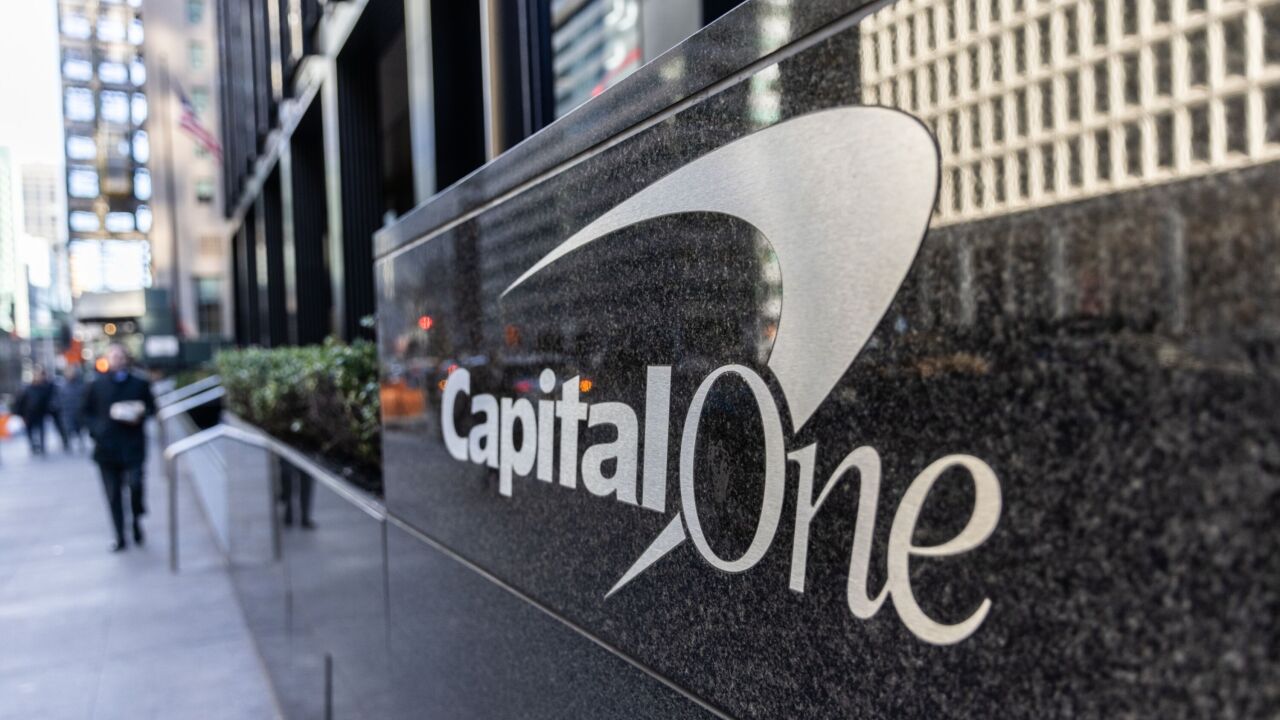Many companies in the payments realm want to be seen as the next Uber, but Uber's Asian counterpart Grab is working to become something else — the next Octopus.
Grab's

"The next big, meaningful problem is cash – going cashless makes goods cheaper, opens up the digital economy and enables people to earn incomes there," said Jason Thompson, managing director of GrabPay in Southeast Asia. "We want to build the most trusted company in Southeast Asia, not just in transport."
Essentially, Grab is positioning itself as a huge marketplace, citing its private ride-hailing service as having 72% market share and handling more than 1 billion transactions annually through GrabPay.
"We are helping those who are unbanked and underserved to adopt a cashless payment method, while opening a $500 billion market to serve new customers," Thompson said. "In five years, whether you need to travel, pay, eat or find a valuable way to provide income for your family, we want to be the platform for you."
This is a logical progression for the use of ride-sharing apps, which are essentially single-purpose mobile wallets designed to replace cash in their niche.
"It's possibly a very strong trend because once you have a platform like GrabPay up and running, and people are habitually paying that way, then the next step to some type of commerce is a much smaller leap," said Thad Peterson, senior analyst with Boston-based Aite Group.
As companies advance those concepts, it is "more incremental than it is revolutionary at that time," Peterson said. "If you go into a coffee shop and see an Uber sign to pay by just hitting the Uber app, you would be very like to do it rather than something else for payment at the POS."
GrabPay is counting on that type of consumer awareness and adoption. Users can link the wallet app to a credit card, debit card or make payments through the GrabPay Credits top-up service.
Because Singapore has ambitions to become the world’s first
But Singapore's cashless payments market is still very fragmented, with credit cards, contactless and NFC options competing for attention, Thompson added. "Inhabitants in the U.S., U.K. and Sweden do two to three times the number of credit and debit card transactions as Singaporeans," he said.
GrabPay is looking for smooth transition into retail settings. Merchants do not need anything beyond the ability of their POS to display or read a QR code, and they can count on many Singapore consumers to already be enrolled with the GrabPay app. GrabPay users also get access to a catalog of more than 250 GrabRewards merchants, with 25 of those located in Singapore.
While testing the app with employees only, those 25 merchants adopted the payment method at their shops. Grab would like to have 1,000 merchants on board by the end of the 2017.
"We are focusing first on Singapore's 20,000 cash-first or cash-only merchants, such as the hawker stalls," Thompson said. "They will see the most immediate benefits from working with GrabPay."





